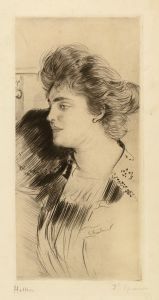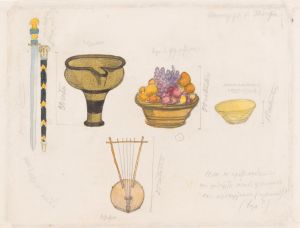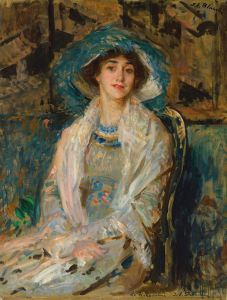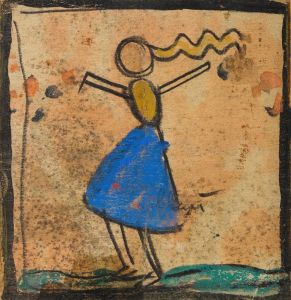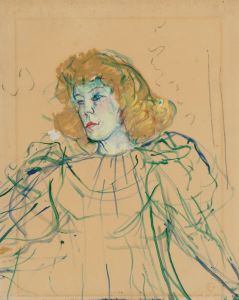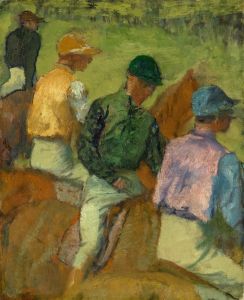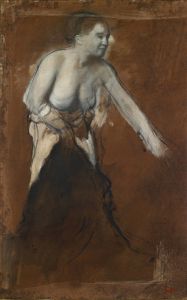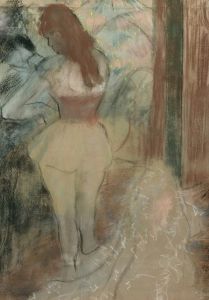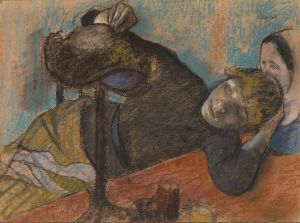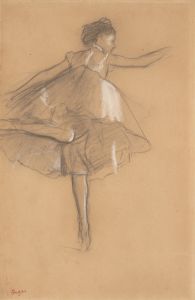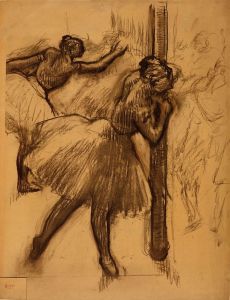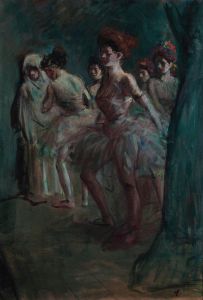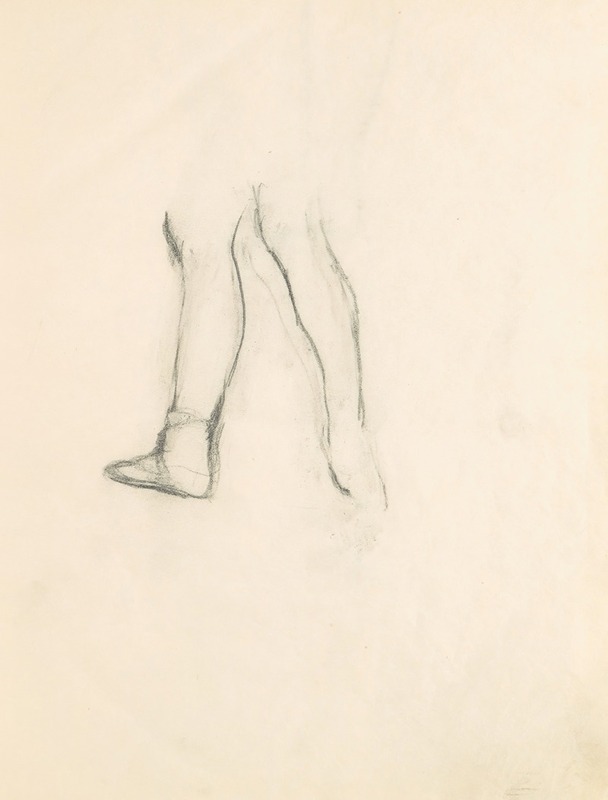
Figure Studies 15
A hand-painted replica of Edgar Degas’s masterpiece Figure Studies 15, meticulously crafted by professional artists to capture the true essence of the original. Each piece is created with museum-quality canvas and rare mineral pigments, carefully painted by experienced artists with delicate brushstrokes and rich, layered colors to perfectly recreate the texture of the original artwork. Unlike machine-printed reproductions, this hand-painted version brings the painting to life, infused with the artist’s emotions and skill in every stroke. Whether for personal collection or home decoration, it instantly elevates the artistic atmosphere of any space.
Edgar Degas, a prominent French artist known for his contributions to Impressionism, created a series of works that explored the human form with a focus on movement and the nuances of light and shadow. Among these works is "Figure Studies 15," a piece that exemplifies Degas's fascination with the human body and his innovative approach to composition and technique.
"Figure Studies 15" is part of Degas's extensive exploration of the human figure, particularly female subjects, which he often depicted in various stages of undress or engaged in everyday activities. This work, like many of his figure studies, reflects his interest in capturing the natural, unposed moments of his subjects. Degas's approach was often to sketch or paint from live models, which allowed him to capture the spontaneity and fluidity of movement that became a hallmark of his style.
Degas's technique in "Figure Studies 15" likely involved a combination of media, as he was known for his experimentation with materials. He frequently used pastels, oils, and charcoal, often combining them to achieve a desired effect. His mastery of these materials is evident in the way he rendered the textures of skin and fabric, as well as the play of light across the forms. The use of pastels, in particular, allowed Degas to achieve a softness and immediacy in his work that was well-suited to his interest in capturing fleeting moments.
The composition of "Figure Studies 15" is indicative of Degas's innovative approach to framing and perspective. He often employed unusual angles and cropped compositions, drawing inspiration from the burgeoning field of photography. This approach can be seen in the way he arranged the figures within the space, creating a sense of intimacy and immediacy that draws the viewer into the scene. Degas's ability to convey the weight and balance of the human body, even in static poses, speaks to his deep understanding of anatomy and movement.
Degas's figure studies, including "Figure Studies 15," were not merely exercises in technique but also reflections of his broader artistic concerns. He was deeply interested in the themes of modernity and the changing roles of women in society, which he explored through his depictions of dancers, bathers, and other female figures. These works often reveal a tension between the public and private spheres, as well as the performative aspects of femininity.
While "Figure Studies 15" is not as widely known as some of Degas's other works, such as his ballet scenes or portraits, it remains an important part of his oeuvre. It exemplifies his commitment to exploring the complexities of the human form and his innovative approach to composition and technique. Through works like this, Degas has left a lasting impact on the art world, influencing generations of artists who followed in his footsteps. His ability to capture the essence of his subjects with sensitivity and precision continues to be celebrated and studied by art enthusiasts and scholars alike.





